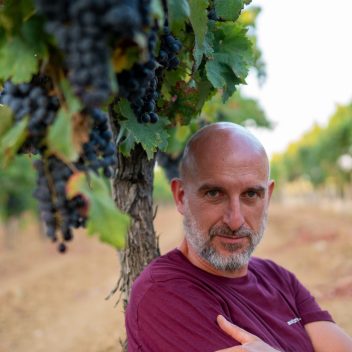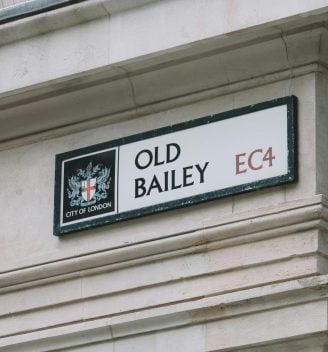“When I was putting it together, I thought ‘this all tallies with general market sentiment’ – which is kind of reassuring," says Guy Woodward, a wine writer, marketing expert through his Grand Cru Creative agency, and author of 67 Pall Mall's recently-launched London Fine Wine Trends Report.
Commissioned to mark 10 years since the club's foundation, the report examined sales data, surveyed members and spoke with experts working at the club to get a sense of how they choose fine wine, which fine wines they do choose, and the concerns they have for the future fine wine. 67 Pall Mall's London club has some 3,800 members, with the vast majority (74%) being men with an average age of 50, this therefore has to be considered when looking at the report's findings.
'Burgundisation'
“I was perhaps surprised by just how wedded people are to Burgundy in particular – there is a willingness to try other regions and, even though these are top end wines, there is a degree of price sensitivity. But even with that, they still think they’ll be buying more Burgundy over the next decade, so it obviously hasn’t peaked," says Woodward. "I think the reason for that is that members feel that within Burgundy there are parts they haven’t yet reached, or they can trade down a bit in terms of price and prestige but still get good quality – so buying a Mâcon over a Montrachet, or a Mercurey but from a top producer.”
The data profoundly illustrates this point. In the first six months of 2016, 67 Pall Mall sold 4,404 units of Burgundy (the highest proportion of any region), and for the equivalent period of this year it was 7,215. By contrast, the 2025 figure for Champagne sales was 5,251, for Bordeaux it was 4,282 and for Tuscany, in a distant fourth, it was 1,817 – slightly above the 1,463 units of English wine sold.
Burgundy's popularity amongst members should not be much of a surprise – Pinot Noir and Chardonnay were voted as their favourite red and white varieties respectively.
What might shock is the claim made by 40% of those surveyed that they expect to be buying more Burgundy in the next 10 years. This is despite rising prices for and increasingly difficult vintages due to climate change.
Italy's opportunity
However, while French wine still dominates the sales data, Italian wine has made considerable inroads over the last decade. 37.5% claimed to be drinking more Italian wine than they did 10 years ago, the highest share for any region, and 35% of those surveyed said that they planned to buy more Italian fine wine in the coming decade.
Although a specific Italian region was not detailed in this particular part of the study, one region does spring to mind.
Piedmont's profile at 67 Pall Mall is still relatively small, with the 1,073 units sold in the first half of 2025 putting it in eighth place, behind the aforementioned regions as well as California and the Rhône. But Woodward suspects that the overlap between the winemaking traditions of Burgundy and Barolo could, given the popularity of the former, be to the benefit of the latter.
"Piedmont has lots of small producers, hands-on ownership, different crus. That philosophy seems to strike a chord at the top end of the market, and regions that can do that seem to really do well with the 67 Pall Mall members," notes Woodward. "It’s definitely on the rise, though you might expect it to be higher. I might speculate that Piedmont is known for being complex, much as Burgundy is, so it can’t be cracked straight away, it takes a while to get to know it."
Members certainly have Barolo and Barbaresco on their minds, with Nebbiolo being named their third favourite red grape variety after, as previously mentioned, Pinot Noir and Cabernet Sauvignon.

Another success story could be that of Sicily. Although still far down the rankings when it comes to units sold, the Mediterranean's largest island has experienced a relative sales boom of its own, with unit sales rising from 96 in the first half of 2016 to 742 in the first half of 2025, an almost-eightfold increase.
"Sicily has become very trendy – Etna in particular – and it does tap into the idea of lighter, more elegant, more vibrant styles of wine being popular," says Woodward. "But you do have to remember, as striking as the result is, that the club as a whole probably lists many more wines from Sicily than it did 10 years ago, but that is because the wines are popular."
This desire for 'lightness' in wines might explain why Veneto, the home of Amarone della Valpolicella, has not enjoyed the same rise as other Italian regions. The sales data shows that 175 units of wine from Veneto were sold to London members in early 2016, and in early 2025 it was 223. Though still a rise, this is a smaller increase than that of any other global wine region listed in the report.
What fine wine drinkers don't want
The well-documented shift away from 'heavy' wines was also evidence in the section of the report concerned with what 67 Pall Mall members take note of before buying a wine. Given a list of options, including whether the wine was organic, if it was biodynamic, the bottle weight, and the alcohol level, while 57% of the respondents claimed that they took notice of none of these, 22% said that they would concern themselves with the wine's ABV (bottle weight, meanwhile, was a factor for just 6%).
"They don’t want wines that taste ‘hot’, but more interesting was the social aspect – they don’t want to get drunk, or too drunk," says Woodward. "I thought when they were noting the ABV, that was a purely stylistic parameter, but a lot of the time it is actually because they don’t want a bad hangover. I think this is something that has changed in the last five years or so."
The major factor determining fine wine buying decisions is, of course, price.
33% said that the rising price of fine wine had not impacted their buying/drinking habits, but 32% said it had prompted them to cut back on top-end wines in favour of less expensive ones. Likewise, a majority (51%) of the respondents claimed that though they still buy wines en primeur, they are buying fewer bottles this way than they did a decade ago.
Woodward says that even among 67 Pall Mall's membership, he feels that the cost of the bottle still enters the equation.
“Even with that audience, who are by definition relatively affluent and able to spend a lot of money on wines, they are quite price sensitive and don’t like being ripped off – opposition to en primeur and rising prices in general, begrudging how some wines are now only bought as status symbols for the super rich. There was a limit to the idolisation of the top wines.”
While Woodward cannot comment on how the report's findings might affect 67 Pall Mall's wine buying strategy, he does note that Italy's enormous viticultural diversity is an asset when it comes to appealing to fine wine drinkers who feel that they have tasted (and bought) it all before.
"There is still a lot to discover in Italy, but what more is there to discover about Bordeaux? People are willing to try Aglianico or Falanghina, and there is so much information out there now. It reflects the diversification of wine."

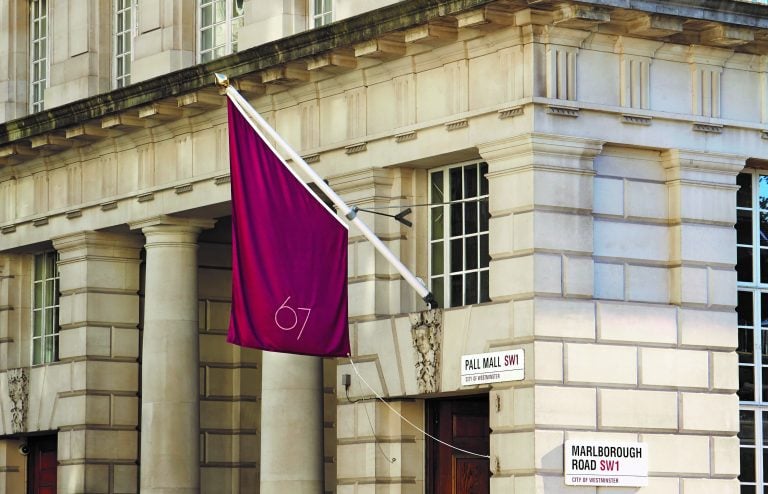
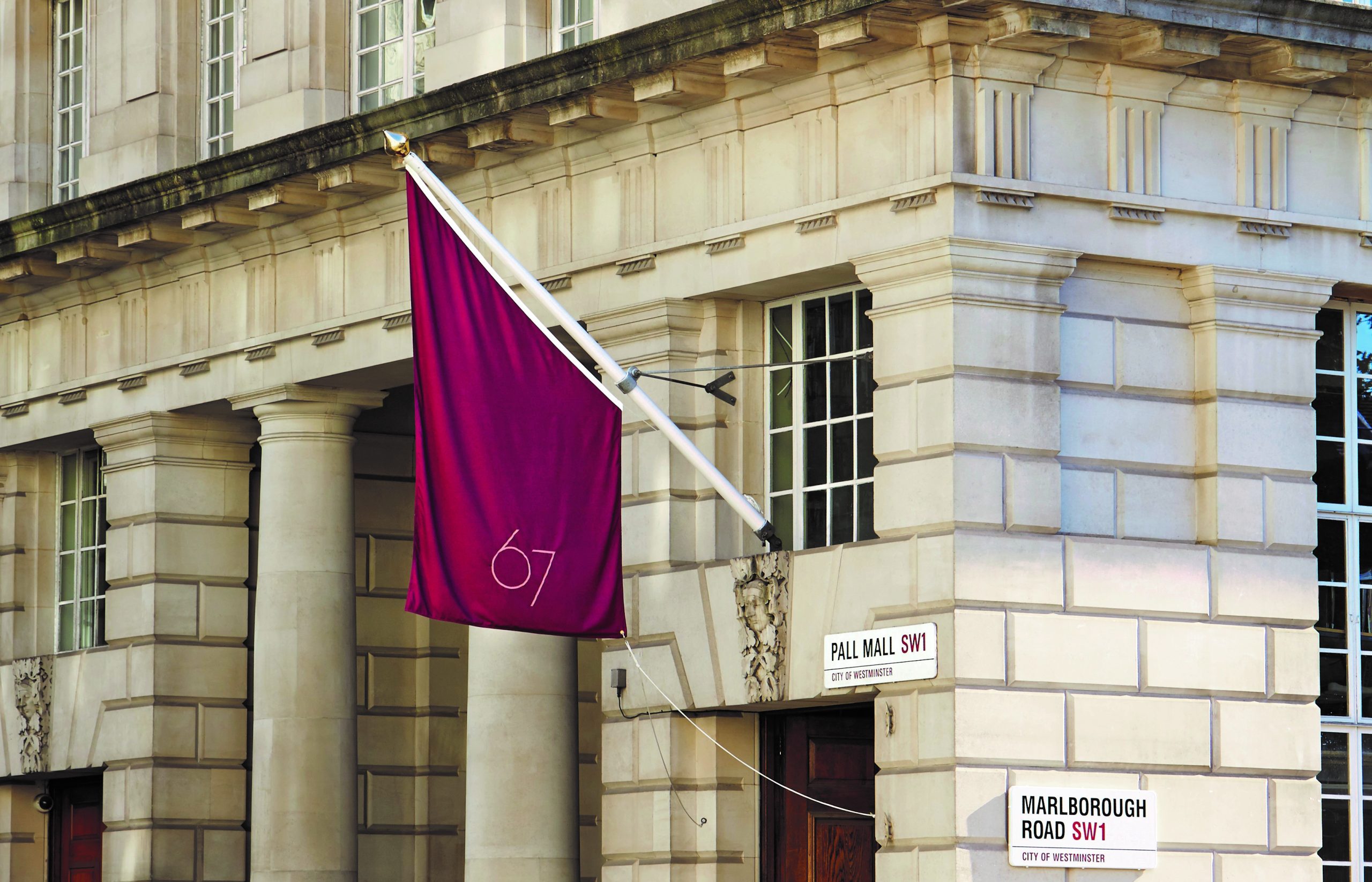 Burgundy dominates but Italy is rising: a look at London's fine wine trends
Burgundy dominates but Italy is rising: a look at London's fine wine trends Costco Prosecco recalled over exploding bottle fears
Costco Prosecco recalled over exploding bottle fears The Consorzio Vino Chianti heads to Brazil: “An attentive public and a dynamic market”
The Consorzio Vino Chianti heads to Brazil: “An attentive public and a dynamic market”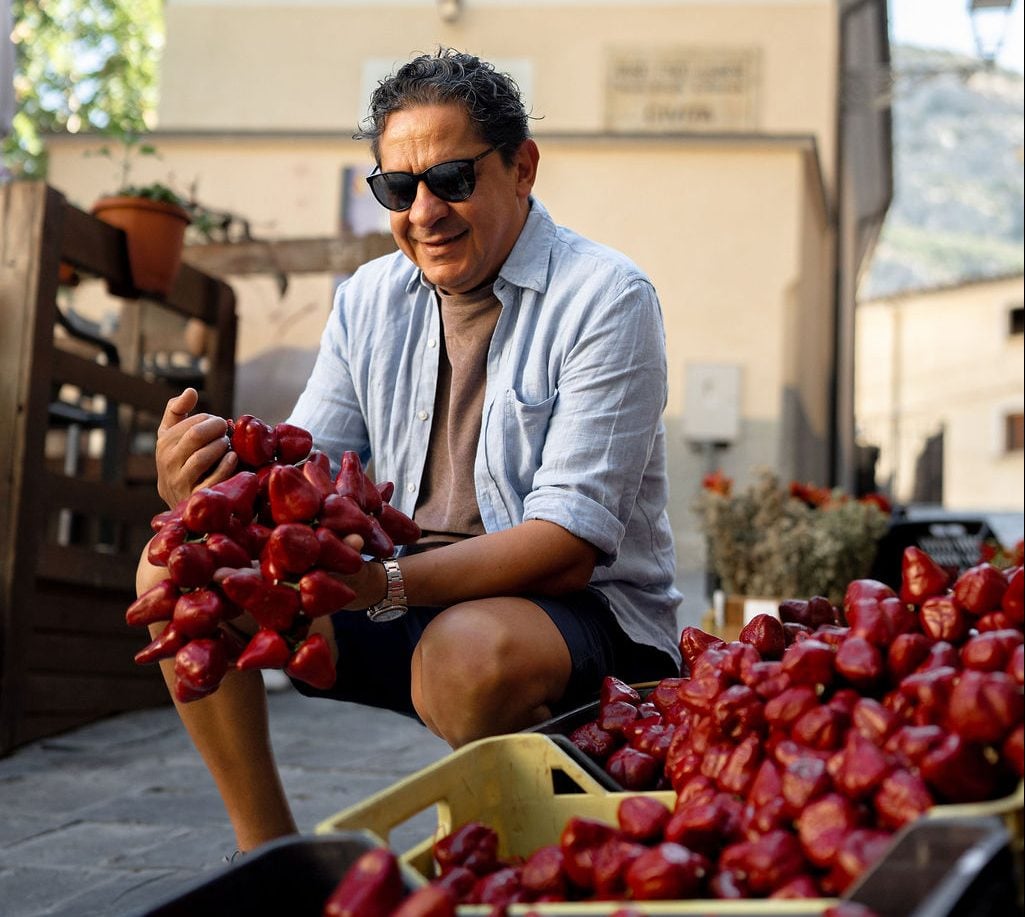 'We're not reinventing Italy': Francesco Mazzei opens new London restaurant
'We're not reinventing Italy': Francesco Mazzei opens new London restaurant One of Italy’s best wine shops is in Avellino: here’s Campania’s new Tre Bottiglie award winner
One of Italy’s best wine shops is in Avellino: here’s Campania’s new Tre Bottiglie award winner

